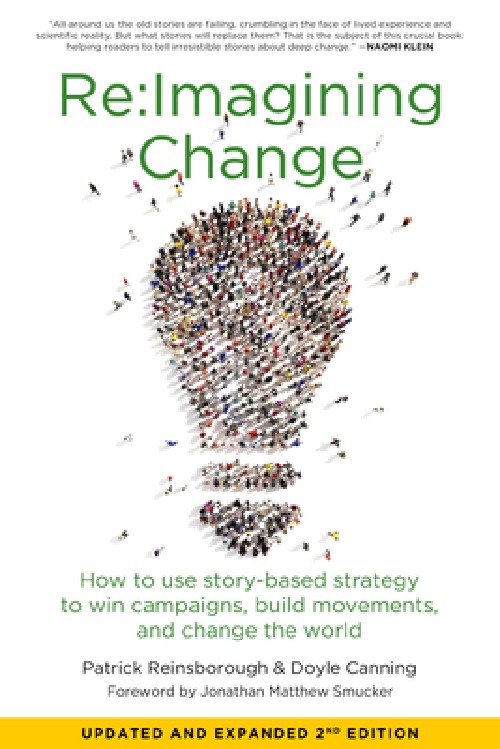Highlights from On Nonscalability: The Living World is Not Amenable to Precision-Nested Scales
In this paper that precedes her incredible work The Mushroom at the End of The World, Tsing establishes a theory of nonscalability as an analytic lens for examining how modernity has always fails and continues to fail.
Here, it is time to rehearse my main points: the ease with which our computers zoom across magnifications lulls us into the false belief that both knowledge and things exist by nature in precision-nested scales. Scalability, again, is this ability to expand without distorting the framework. But it takes hard work to make knowledge, landscapes, and projects scalable. What I have tried to show is how that work, by its design, covers up and attempts to block the transformative diversity of social relations. From this perspective, the history of scalability must be considered in relation to both its moments of success and its sometimes-happy failures.
Projects that could expand through scalability were the poster children of modernization and development. Agribusiness expanded. Biological populations expanded. Scalable approaches to knowledge expanded. We learned to know the modern by its ability to scale up. Scalable expansion reduced a once surrounding ocean of diversity into a few remaining puddles. Project advocates thought that they had grasped the world. But they have been confronted with two problems: first, expandability has gotten out of control. Second, scalability has left ruins in its wake. Nonscalable effects that once could be swept under the rug have come to haunt us all.



